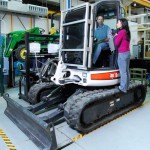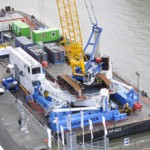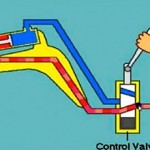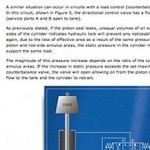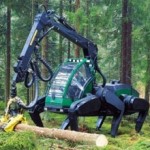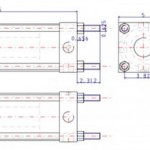Last fall, Bailey International set the growth of alternative warehouse locations, as a strategic initiative. The idea was to expand westward in order to better serve its customers on the West Coast. This expansion would allow Bailey to save itself—and its customers—time and money. A site in Reno, Nev. was chosen and the move was […]
Featured
Ramping up for IFPE Summit
It’s a mere 252 days to IFPE 2014, and I’m looking forward to some great reporting on the show from our editorial staff. (We have some interesting things planned, so stay tuned!) There will be so much to cover, including the educational component to the show, the National Conference on Fluid Power, which will cover a […]
Fluid Power University Profiles: Georgia Tech
Georgia Tech brings fluid power into the world of healthcare The Georgia Institute of Technology, a seven-year member of the Center for Compact and Efficient Fluid Power is involved in research spanning seals and fluid characteristics, medical applications of fluid power and controls and interfaces for human operators. Georgia Tech does not offer a degree […]
Welcoming a new intern—and a new series
I would like to introduce you to Michael Jermann, a journalism student who is currently studying at Kent State University. Michael has a particular interest in technical writing and he will be interning with us for the next few months. You’ll see his handiwork here on MobileHydraulicTips.com, as well as some of our sister sites. […]
When hydraulics is the star — the Mantis walking robot
The last time we wrote something about a multi-legged robot—the Plustech Walking Forest Machine—the post went viral. Maybe because the thing looked like it was straight out of the movie Avatar. Well, maybe the world is getting a little more like James Cameron’s future every day … because some interesting news just surfaced about the use […]
Hydraulics aids in keeping offshore platforms stable
Barge Master BV, a Dutch company, has installed Rexroth motion compensation to neutralize waves and enhance the usefulness and safety of offshore cranes. Barge Master launched the BM-001, its first operational motion compensation platform in December to provide stability and safety to offshore crane operations. The moving platform uses a drive and control system neutralize […]
5 interesting hydraulic cylinder videos
Here are the five of the most interesting hydraulic cylinder videos that we’ve found online, along with short descriptions of each one. What other videos to you recommend? Let us know in the comments box below! http://www.youtube.com/watch?v=-YdSPoDNRZE This fun 5-minute video, “How its made—hydraulic cylinders” shows exactly how hydraulic cylinders are built from the ground […]
5 useful articles on hydraulic cylinders
Hydraulic cylinders are probably what most laypeople picture when they think of fluid power—after all, these components are easily visible, iconic even, as the muscle of the system. Here are five articles on cylinders that I recommend … 1. http://www.machinerylubrication.com/Read/1119/hydraulic-cylinder-drift I like this article, “the root cause of hydraulic cylinder drift,” because it’s a topic […]
The 9 coolest mobile hydraulic cylinder applications
Hydraulic cylinders are used in countless applications that demand power density and flexibility. Here are 9 of the coolest (not to mention some of the biggest!) applications for mobile hydraulic cylinders. 1. Terex Roadmaster crane The Terex Roadmaster crane provides a lifting capacity of 7 tons at a 20-meter radius with a fully extended boom […]
How to buy a hydraulic cylinder online — test driving some websites
There seems to be as many places to buy hydraulic cylinders as there are types of cylinders. Whether you’re looking at industrial or mobile hydraulic cylinders, searching for tie rod, telescopic or non-repairable types, the choices can seem pretty confusing. Here’s a look at ten websites that offer hydraulic cylinders, with a description of their […]



